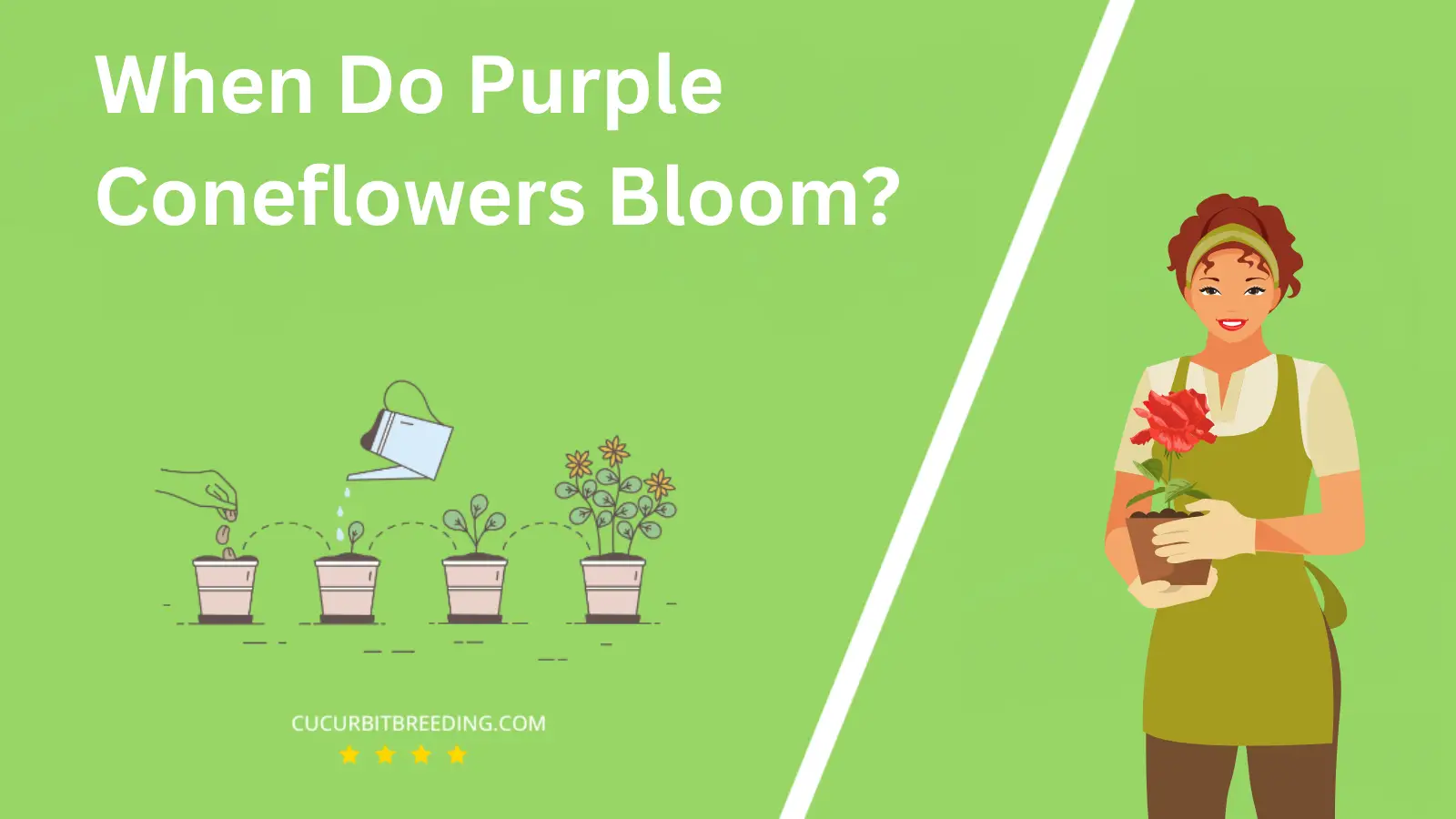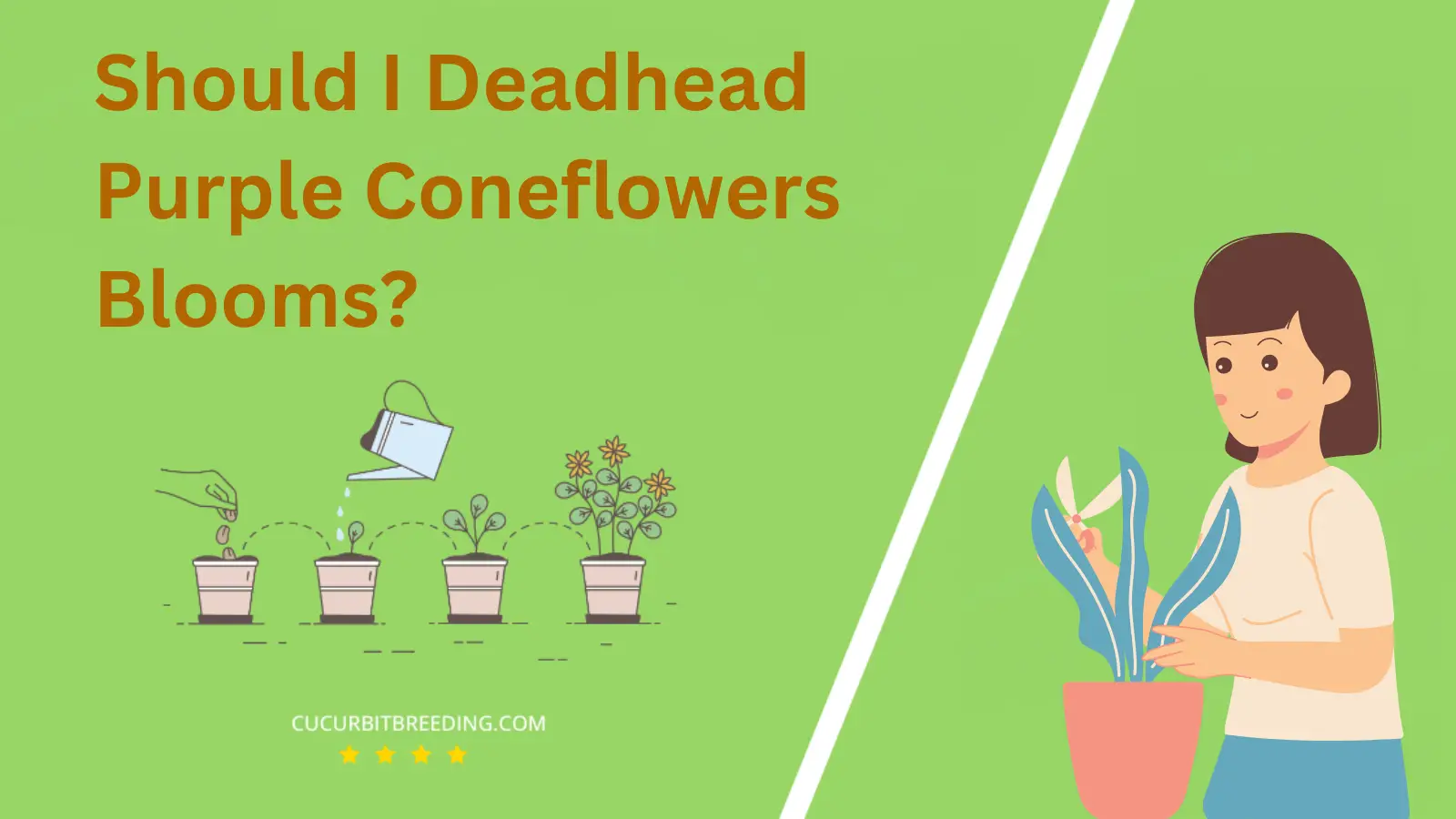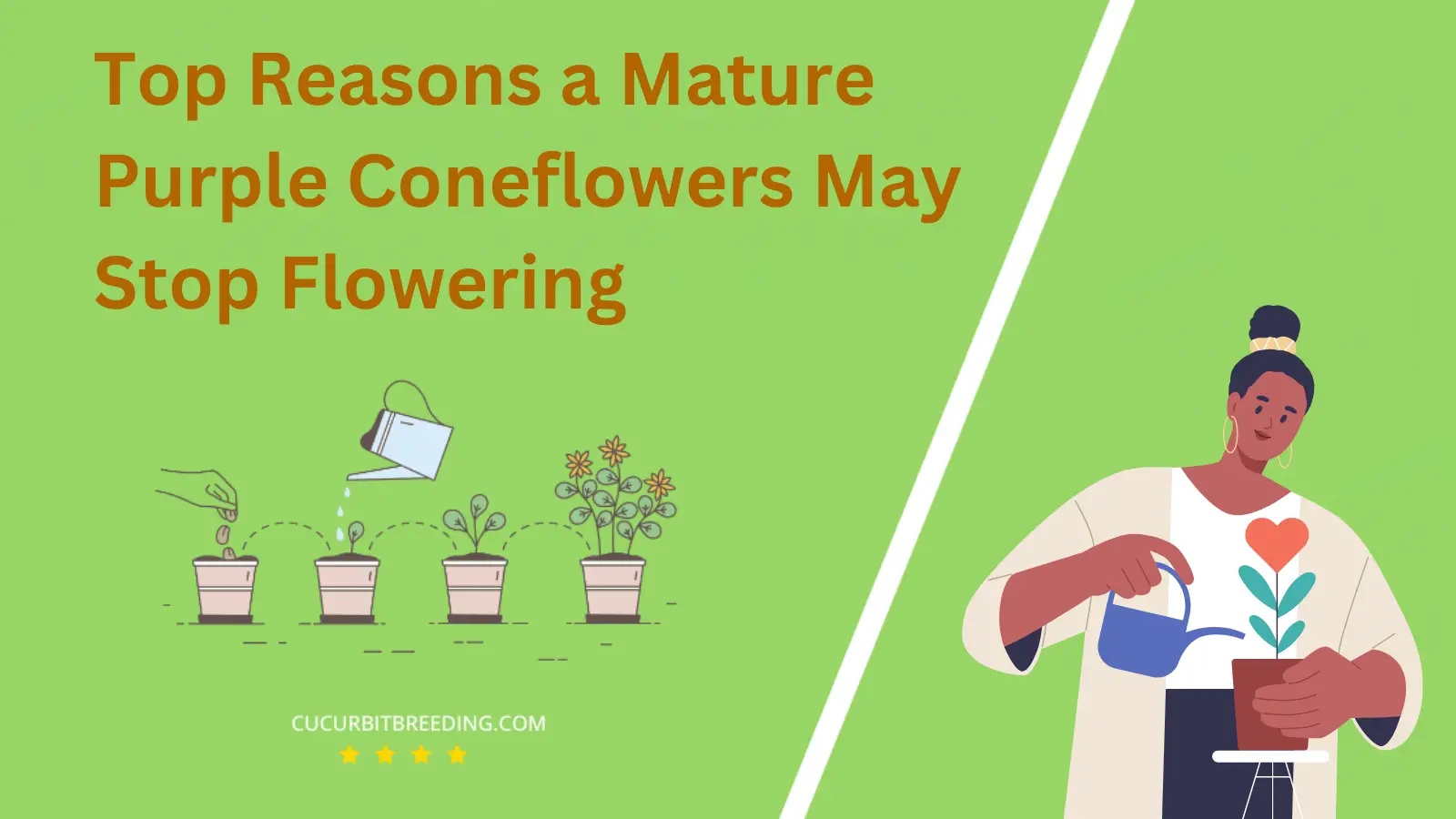
Do you ever look out at your garden and wonder, “When do purple coneflowers bloom?” These stunning and vibrant perennials are a favorite among gardeners and for good reason.
Their rich hues and hardy nature make them not just beautiful to behold, but also resilient in various climates. In this article, we’ll explore the blooming period of these flowers, ensuring you can plan your gardening season accordingly.
When Do Purple Coneflowers Bloom?
Purple Coneflowers, scientifically known as Echinacea purpurea, typically bloom from early summer to fall, which means they bloom from June to October. However, their peak blooming period is in July and August. The exact timing can vary slightly based on the specific region and its climate conditions.
| Stage | Description |
|---|---|
| Germination | Spring (March-May) |
| Growth | Summer (June-August) |
| Blooming | Summer (June-August) |
| Dormancy | (Dormancy period: Dec – Feb) |
How Long Do Purple Coneflowers Bloom?
Purple Coneflowers, also known as Echinacea purpurea, typically bloom from mid-summer to early fall, approximately from June to October, depending on the climate and region. The blooming period lasts for almost 2 to 3 months, adding vibrant color and beauty to your garden.
How Light Affects Purple Coneflowers Blooms?
Light plays a crucial role in the growth and blooming of Purple Coneflowers. Full sun exposure, which equates to six or more hours of direct sunlight daily, encourages the most abundant blooming. While these plants can tolerate partial shade, it may result in fewer flowers and weaker stems. The plants can also become more susceptible to diseases in less light.
However, in areas with particularly hot summers, some afternoon shade can benefit the plant, preventing scorch and dehydration. Therefore, while purple coneflowers are sun-loving plants, a balance must be struck. Optimal light conditions can greatly enhance the plant’s health and flower production.
Will Purple Coneflowers Bloom the First Year You Plant Them?
Purple Coneflowers, scientifically known as Echinacea purpurea, typically do not bloom in their first year after planting. They are perennial plants, which means they require a period of vegetative growth before they can produce flowers. However, if you plant them early in the spring and provide proper care, there’s a slim chance they might bloom in the first year. Generally, you can expect them to fully bloom in their second year.
Will Purple Coneflowers Bloom Every Year?
Yes, Purple Coneflowers (Echinacea purpurea), also known as Eastern purple coneflowers, will bloom every year. They are perennial plants, which means they have a life cycle that lasts for more than two years. Once established in an appropriate setting with full sun to light shade and well-drained soil, Purple Coneflowers will return to bloom each year, typically in late spring or early summer, adding vibrant color and attracting wildlife to your garden.

Should I Deadhead Purple Coneflowers Blooms?
Yes, you should deadhead Purple Coneflowers blooms. Deadheading, or removing faded flowers, encourages the plant to produce more blooms, thus extending the flowering season. It also prevents the plant from wasting energy producing seeds and keeps the plant looking tidy and attractive.
Top Reasons a Mature Purple Coneflowers May Stop Flowering

There are several reasons why a mature pomegranate tree might stop flowering. The first reason is inadequate sunlight. Pomegranate trees need full sunlight to produce flowers. If they are in a shaded location, they may not flower adequately.
Secondly, poor nutrition can also be a factor. Pomegranate trees need a well-balanced soil with appropriate levels of nitrogen, potassium, and phosphorus. If these nutrients are lacking, the tree may not flower.
Improper pruning could be another reason. Pruning encourages new growth, which includes flowers. If the tree is not pruned correctly, it may result in fewer flowers.
Finally, stress from pests or diseases can also affect flowering. Pests or diseases can weaken the tree and prevent it from flowering. Regular checks for pests and diseases can help ensure the health of the tree.